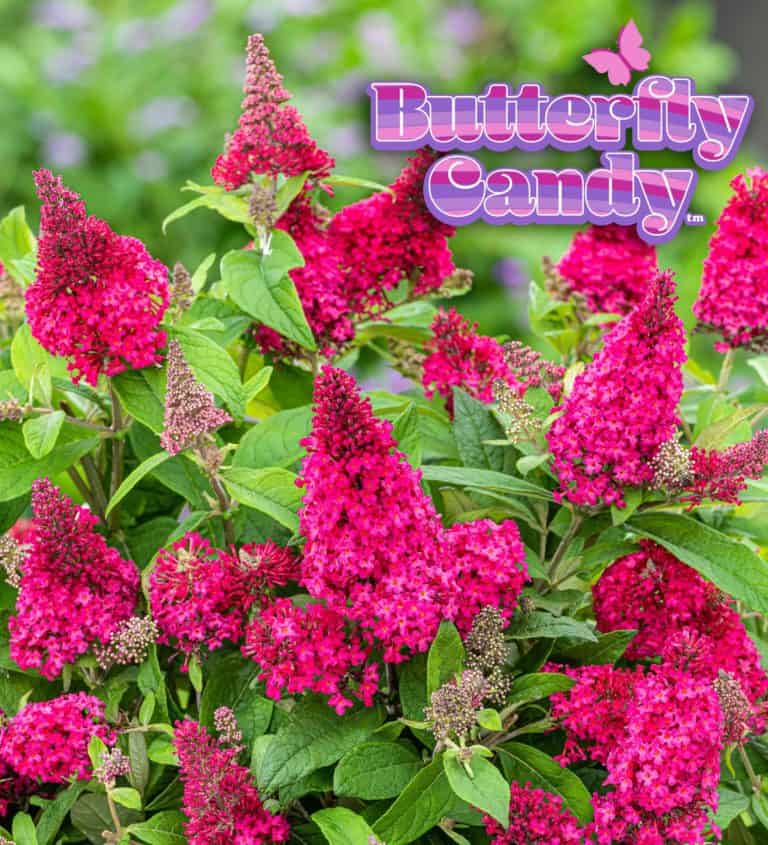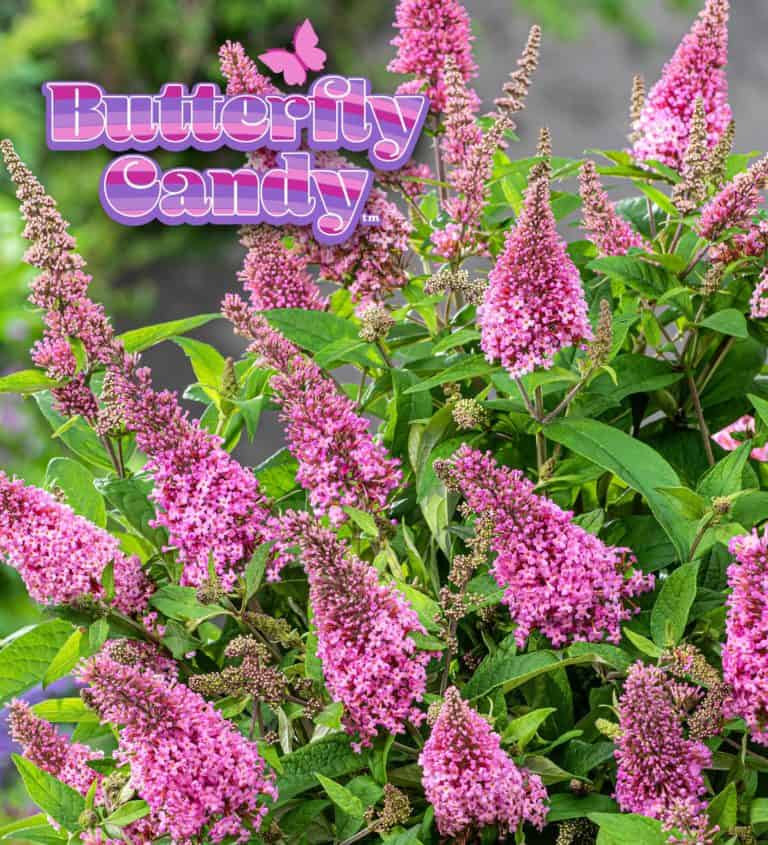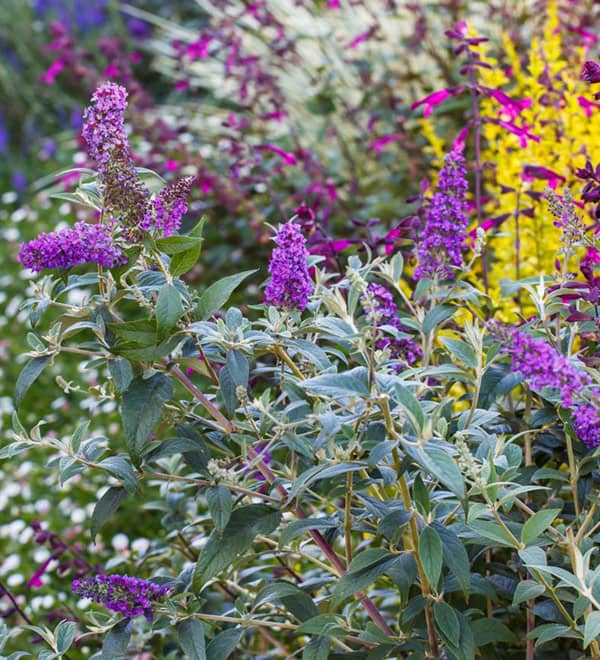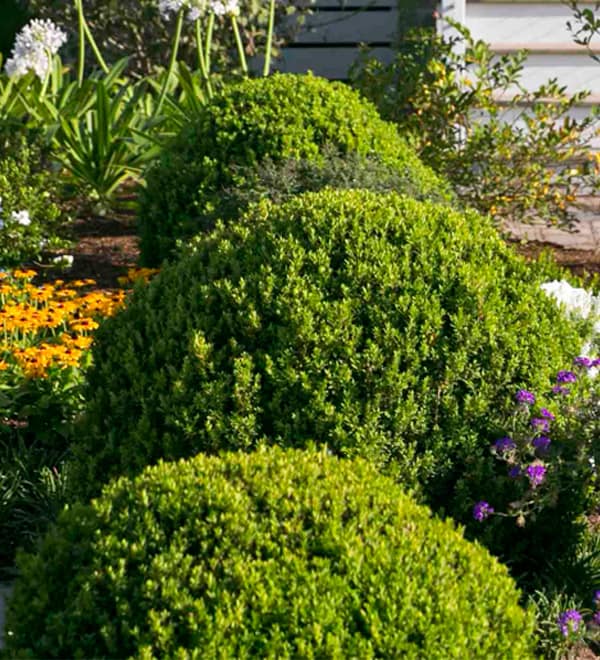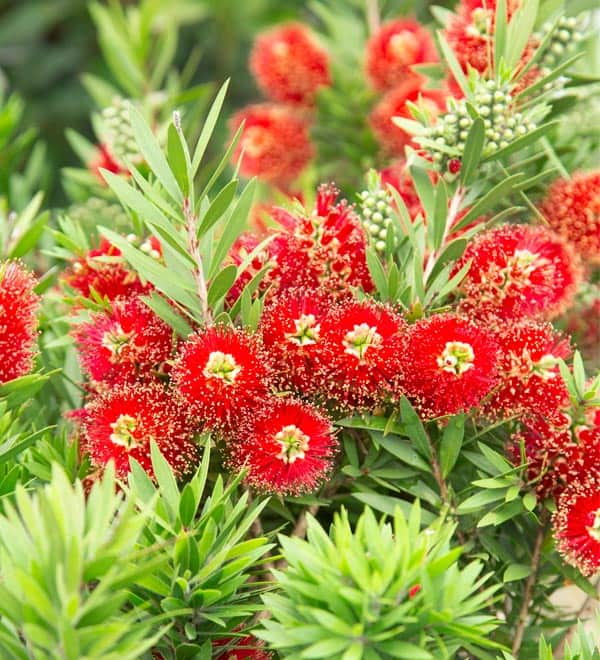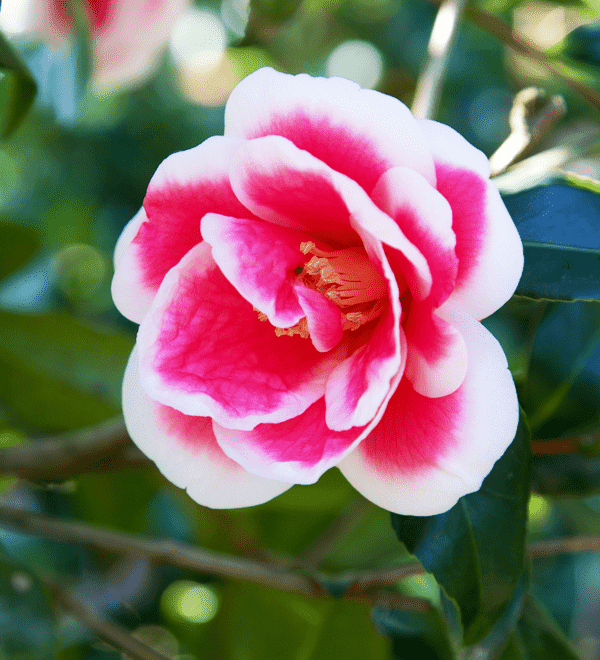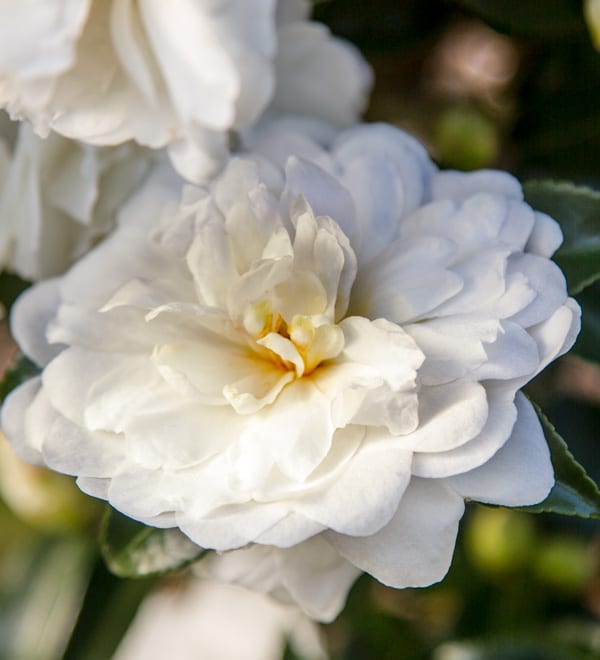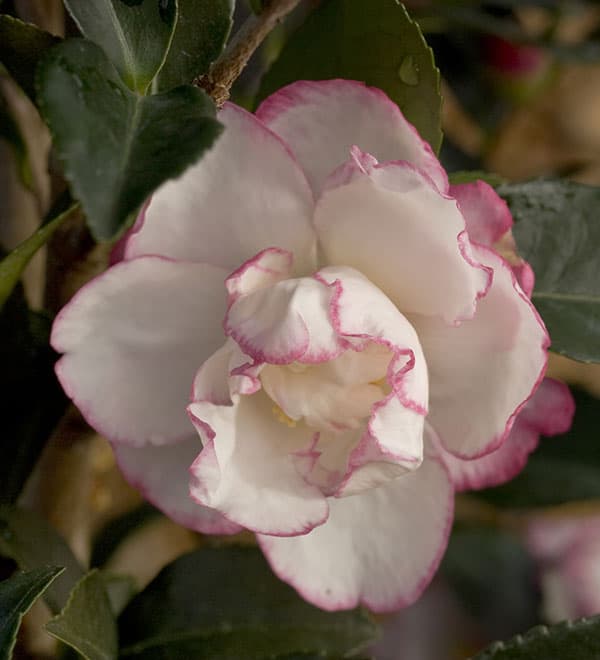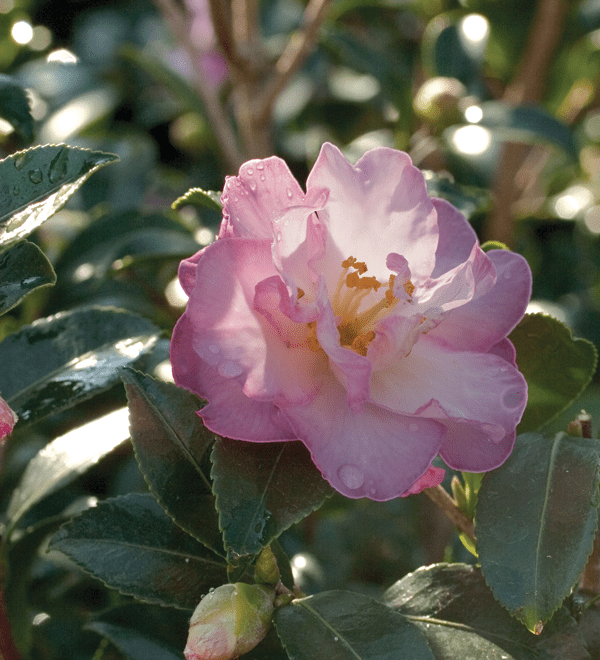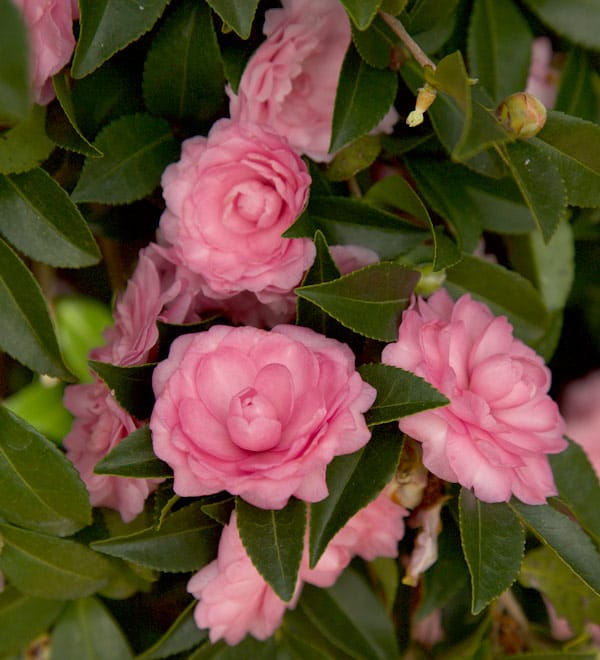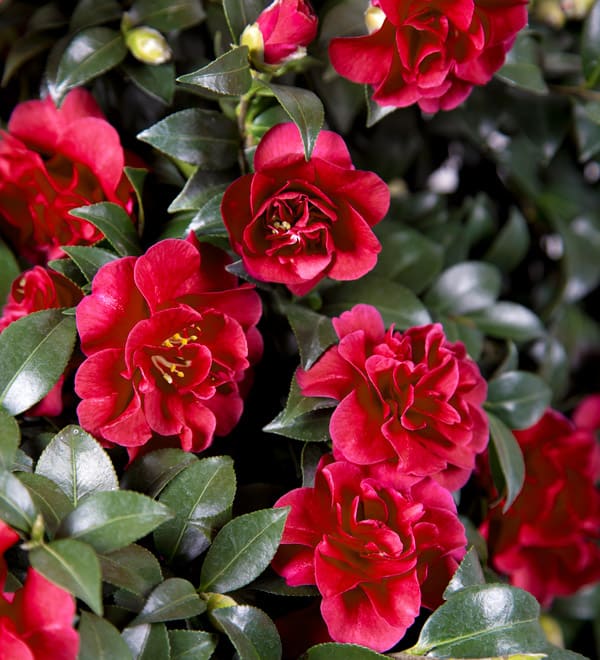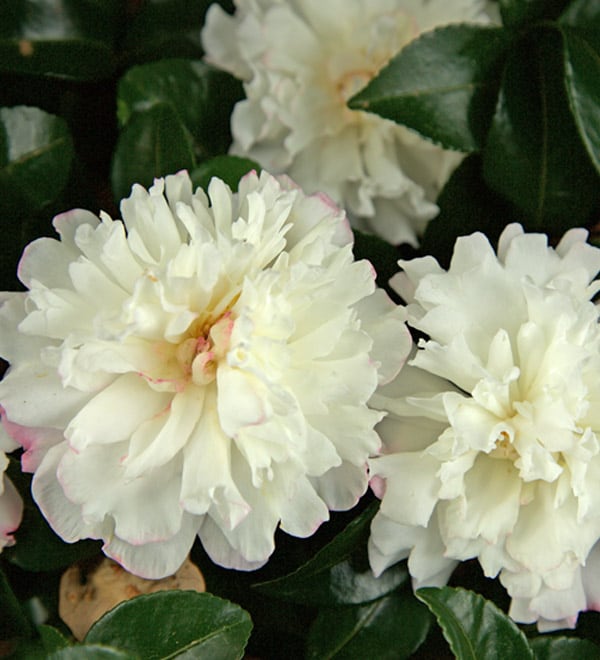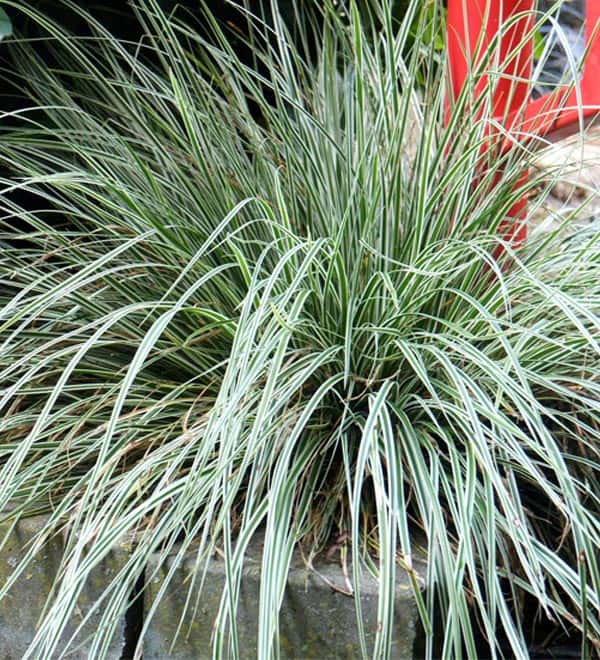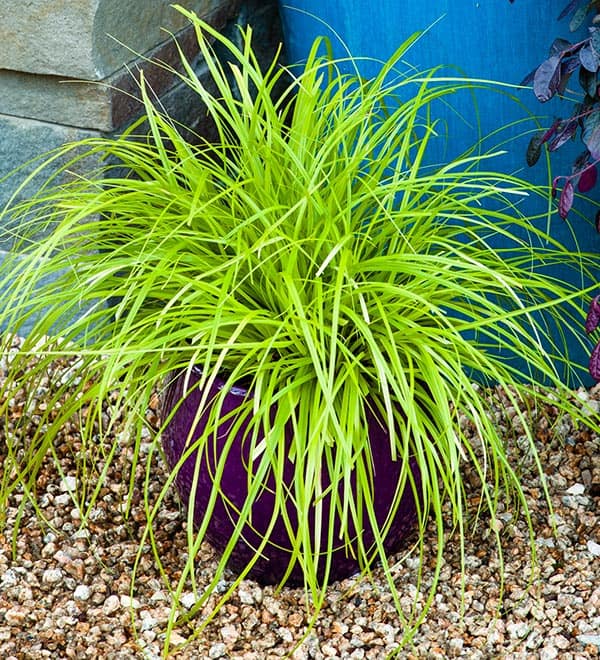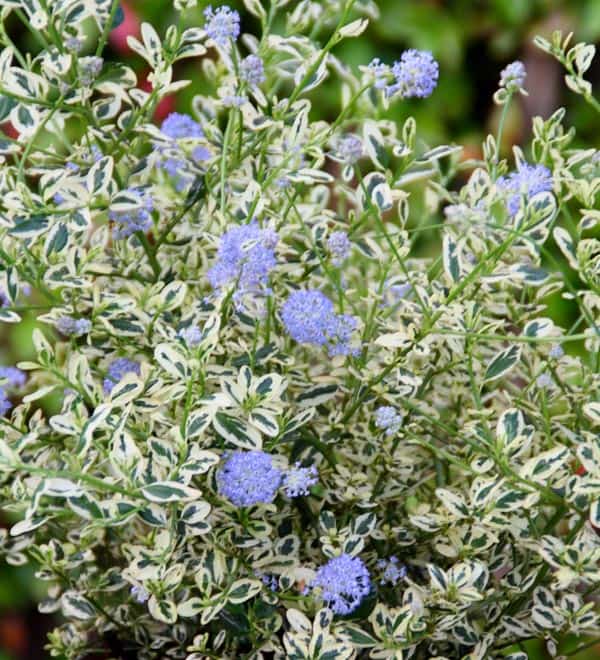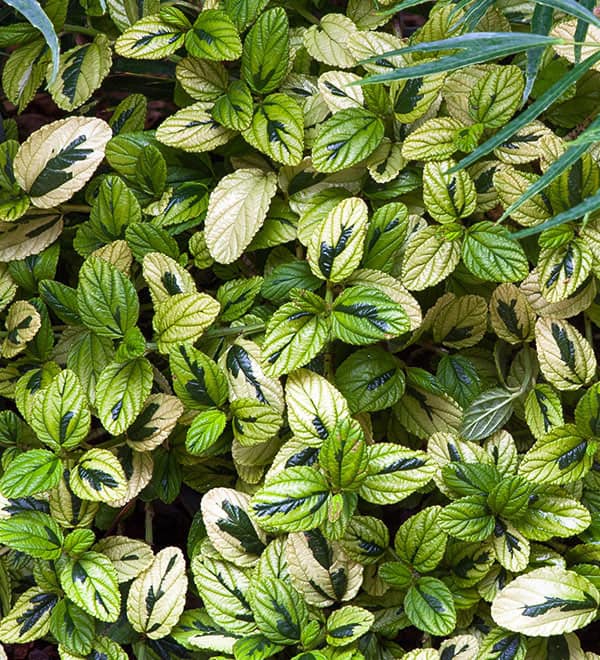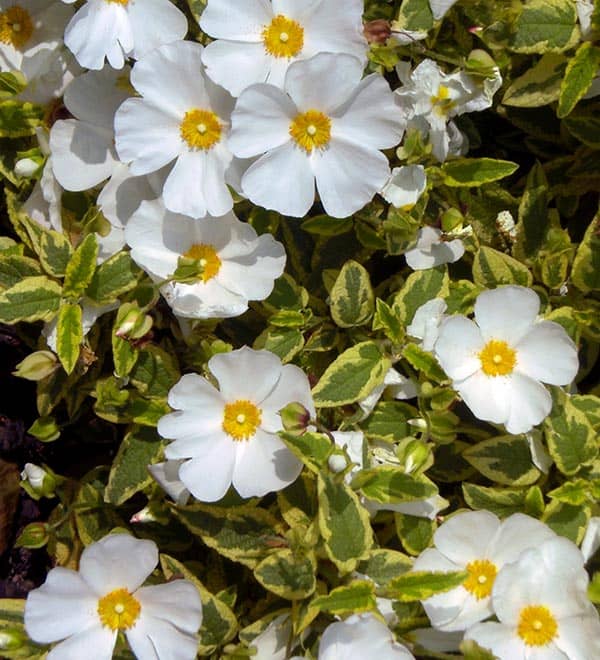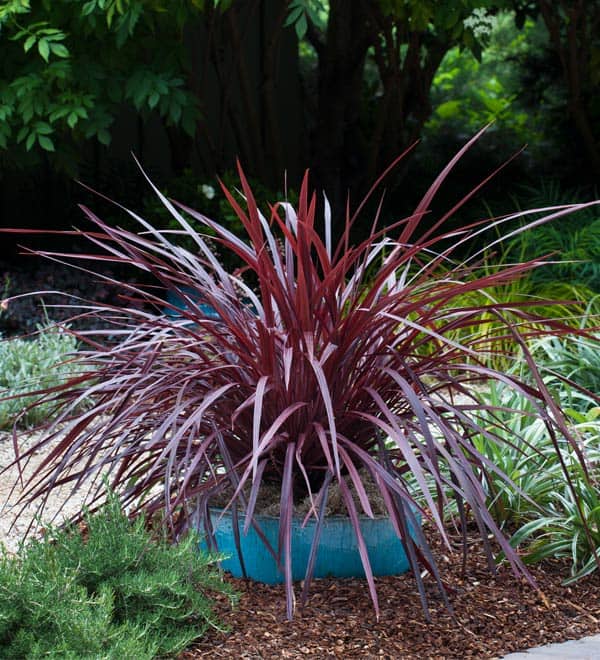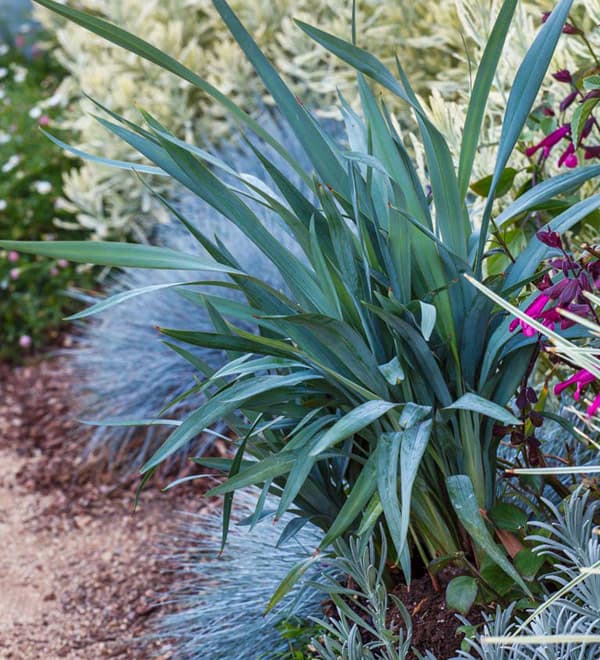As cited in the description of Zone 8, the biggest readily apparent difference between Zones 8 and 9 is that Zone 9, a thermal belt, is a safer climate for citrus than Zone 8, which contains cold-air basins. The same distinction, thermal belt versus cold-air basin, determines which species and varieties—hibiscus,melaleuca, pittosporum, and other plants—are recommended for Zone 9 but not for Zone 8. Zones 8 and 9 have the following features in common: summer daytime temperatures are high, sunshine is almost constant during the growing season, and growing seasons are long.Deciduous fruits and vegetables of nearly every kind thrive in these long, hot summers; winter cold is just adequate to satisfy the dormancy requirements of the fruit trees. Fiercely cold, piercing north winds blow for several days at a time in winter, but they are more distressing to gardeners than to garden plants.You can minimize them with windbreaks. In both Zones 8 and 9 tule fogs (dense fogs that rise from the ground on cold, clear nights) appear and stay for hours or days during winter. The fogs usually hug the ground at night and rise to 800 to 1,000 feet by afternoon. Heat-loving plants such as oleander and crape myrtle perform at their peak in Zones 8 and 9 (and 14). Plants that like summer coolness and humidity demand some fussing; careful gardeners accommodate them by providing filtered shade from tall trees and plenty of moisture. In Zone 9, winter lows over a 20-year period ranged from 28 to 18°F (–2 to –8°C).

